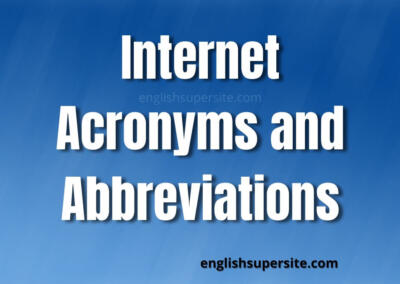
A2 (Elementary)
A2: Elementary Level in English
At the A2 level, learners can handle everyday tasks that involve simple, direct communication. They can understand short conversations, give basic descriptions of people, places, and things, and handle routine matters such as shopping and traveling. A2 learners can also write brief notes and messages.
Achieving the A2 level enables you to participate in basic interactions in English, providing more confidence in everyday tasks.

Internet Acronyms and Abbreviations - Acronyms and Abbreviations used to communicate all over the Internet!
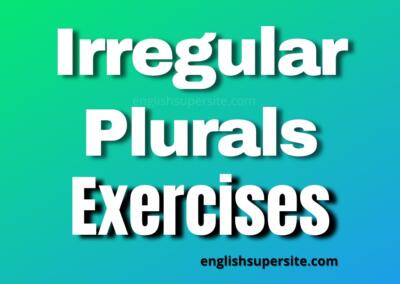
Irregular Plurals - ExercisesExercises with Irregular Plurals.Irregular Plurals - Exercises: Improve your ...

Irregular PluralsIrregular Plural or Mutating PluralWhat is an Irregular Plural?They are irregular ...
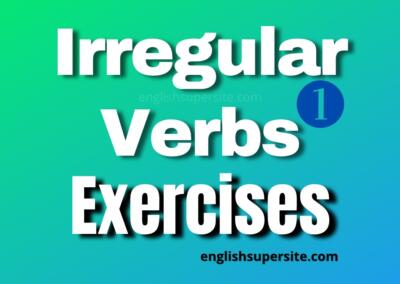
Irregular Verbs - Exercises 2 - Irregular Verbs - Quiz 2. An easy and fun way to learn and practice Irregular ...
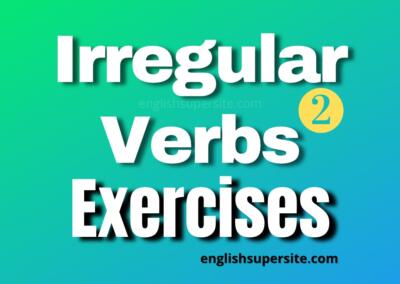
Irregular Verbs - Exercises 2Practice these exercises with Irregular Verbs:Irregular Verbs - Exercises 2: ...
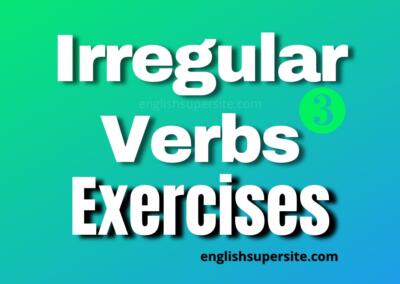
Irregular Verbs - Exercises 3 - Irregular Verbs - Quiz 3. An easy and fun way to learn and practice Irregular ...

List of Irregular Verbs | English Super SiteList of Irregular VerbsQuick ...
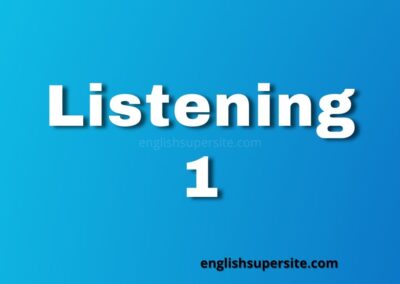
Listening 1 - Practice these listening comprehension exercises to help you learn English faster. Listening ...

Listening 2 - Practice these listening comprehension exercises to help you learn English faster. Listening ...

Listening 3 - Practice these listening comprehension exercises to help you learn English faster. Listening ...

Much, many, little, and few. Learn when and how to use these words in your daily life. Never make a mistake again ...

Much - Many - Little - Few - Exercises 1 - Quiz - Learn when to use much or many, little or few. Score in Real-Time.

Much - Many - Little - Few - Exercises 2 - Quiz - Learn when to use much or many, little or few. Score in Real-Time.
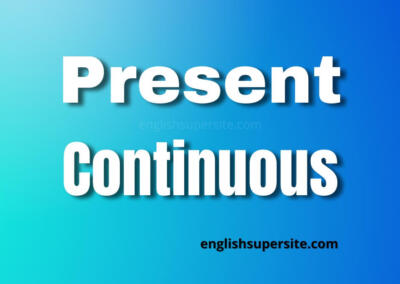
The Present Continuous is a verb tense we use to express that an ongoing action is happening now. It gives a sense ...

Present Continuous - Exercises - Practice exercises with Present Continuous. Improve your oral and written skills ...

Verb Tenses - Present Continuous - Exercises 2 - Practice this quiz with Present Continuous. Improve your English ...
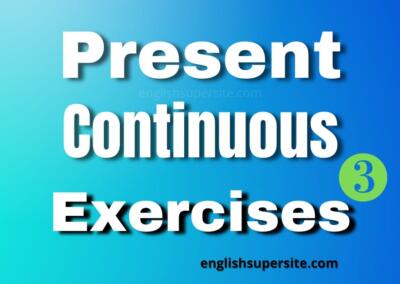
Verb Tenses - Present Continuous - Exercises 3 - Practice this quiz with Present Continuous. Improve your English ...
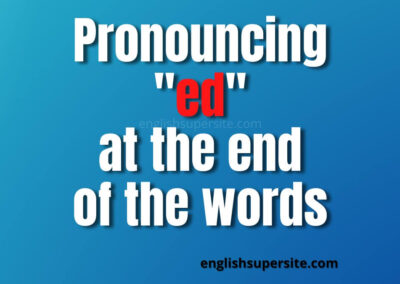
ED at the end of words in English.Pronouncing "ed" at the end of words | English Super SitePronouncing ...
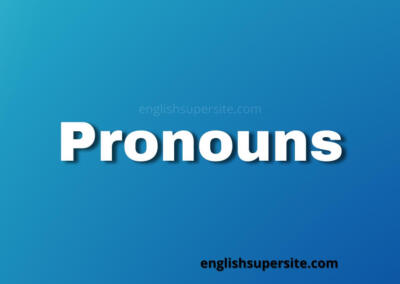
Pronouns, easy-to-learn table. I, me, my, mine, myself/you, your, yours, yourself .... Study this table and learn ...

Pronouns - Exercises - Quiz. Test your English skills by completing all questions. Score in Real-Time!

Pronouns - Exercises 2 - Quiz. Complete the sentences below with the correct pronoun. Score in Real-Time!
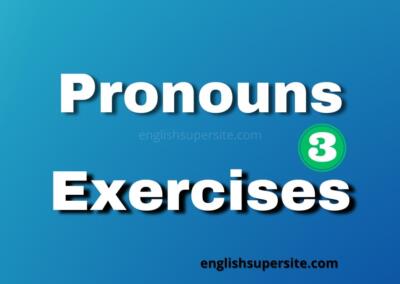
Pronouns - Exercises 3 - Quiz. Complete the sentences below with the correct pronoun. Score in Real Time!
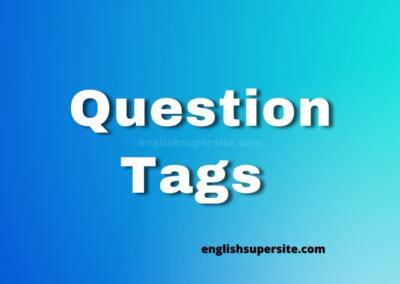
Question Tags Rules, Forms, Exceptions, and Examples. Learn all about Question Tags and how to use them correctly.

Question Tags - Exercises 1 - Practice exercises with Question Tags - Quiz 1. Exercises corrected in real-time.
Related Posts
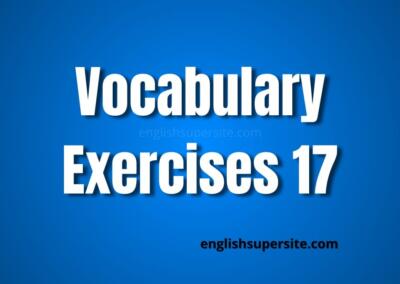
Improve your English with Vocabulary - Exercises 17. Take a multiple-choice quiz with real-time feedback and boost ...
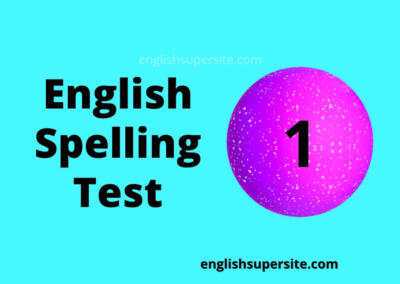
Check your English proficiency with this Quick English Spelling Test 1. Check your progress in REAL TIME. Finish ...

A - AN - THE - Exercises 2 - Practice exercises with articles in English. A - AN - THE - Quiz 2. Improve your ...


